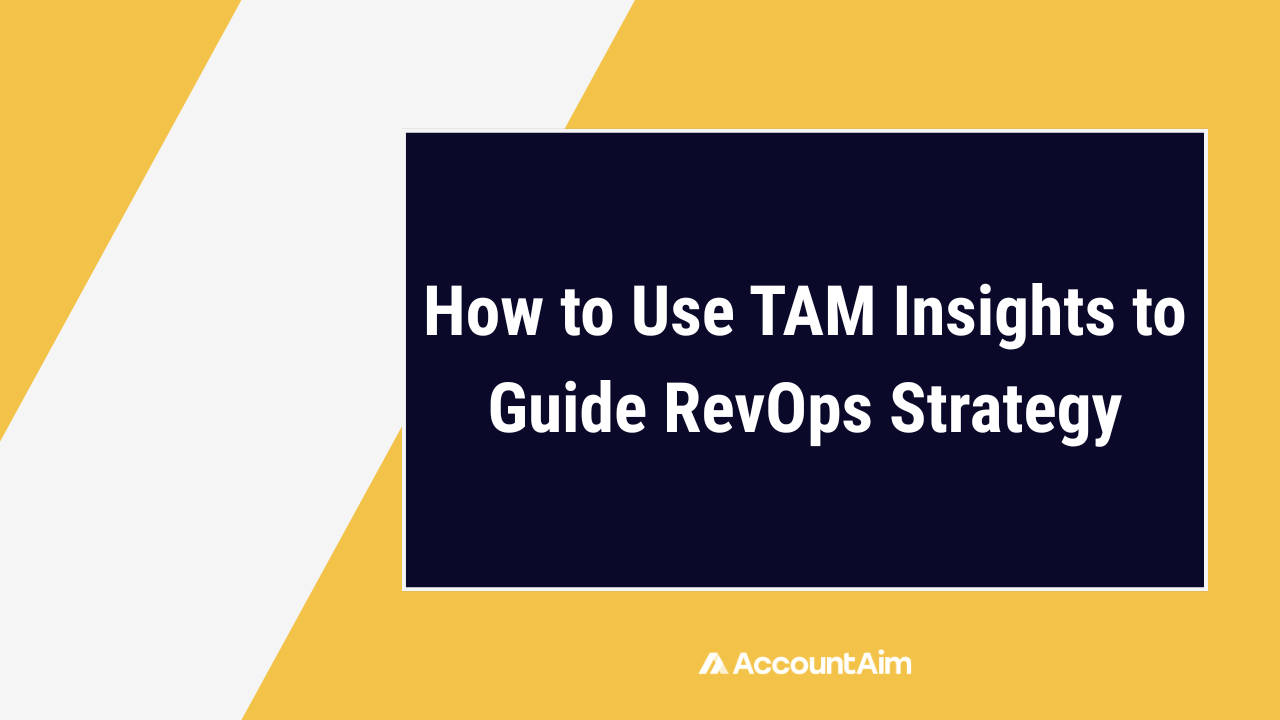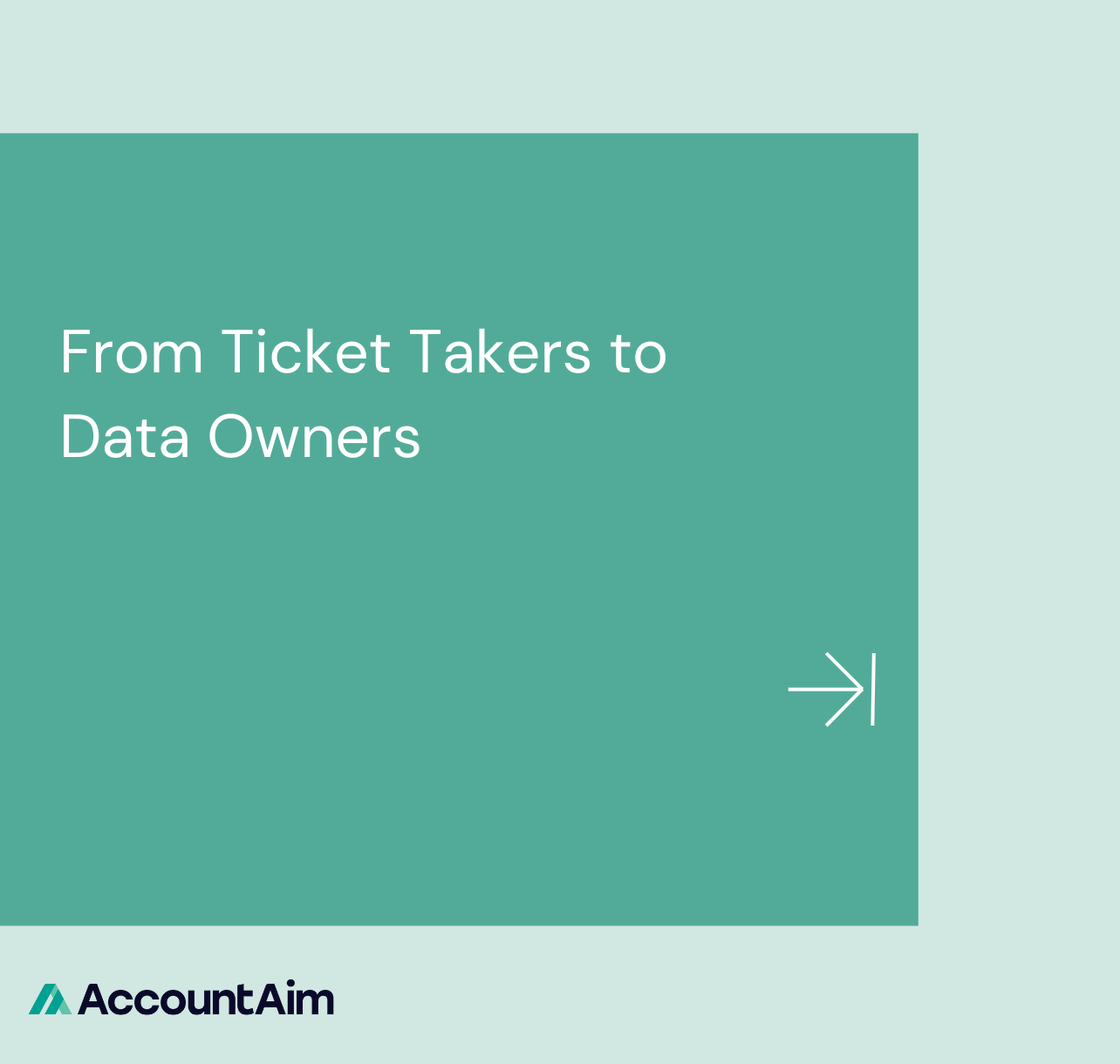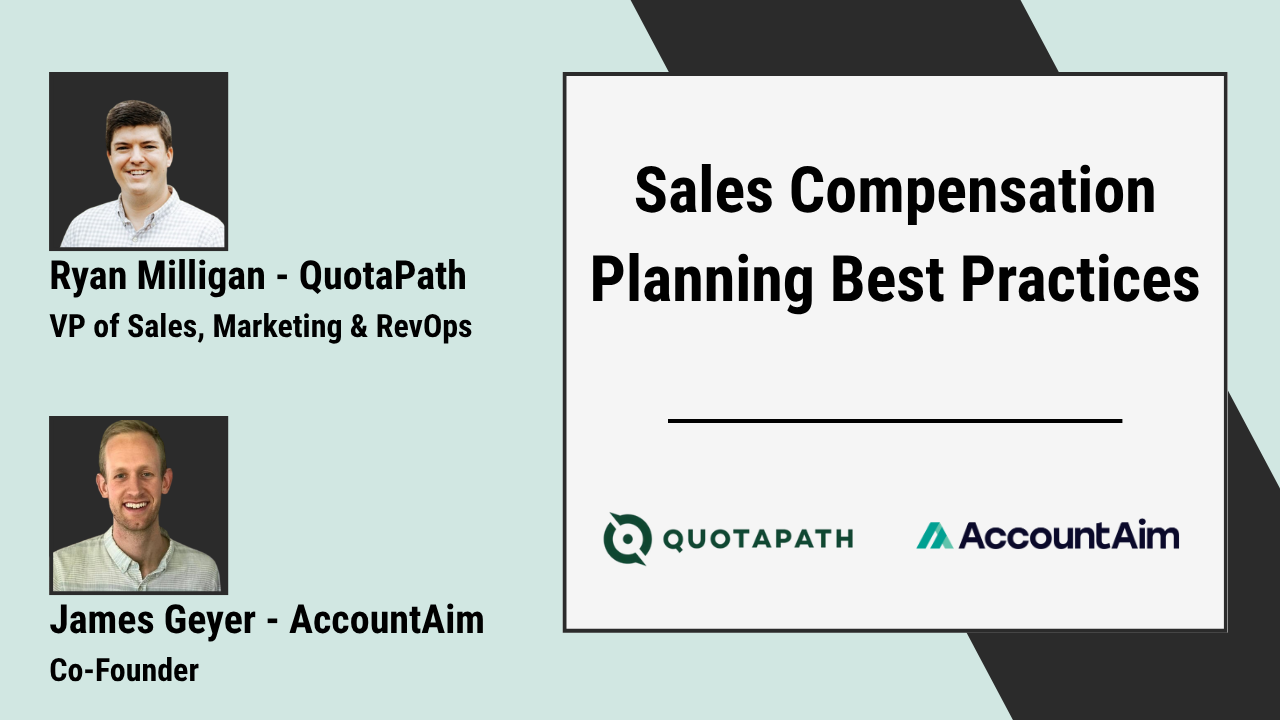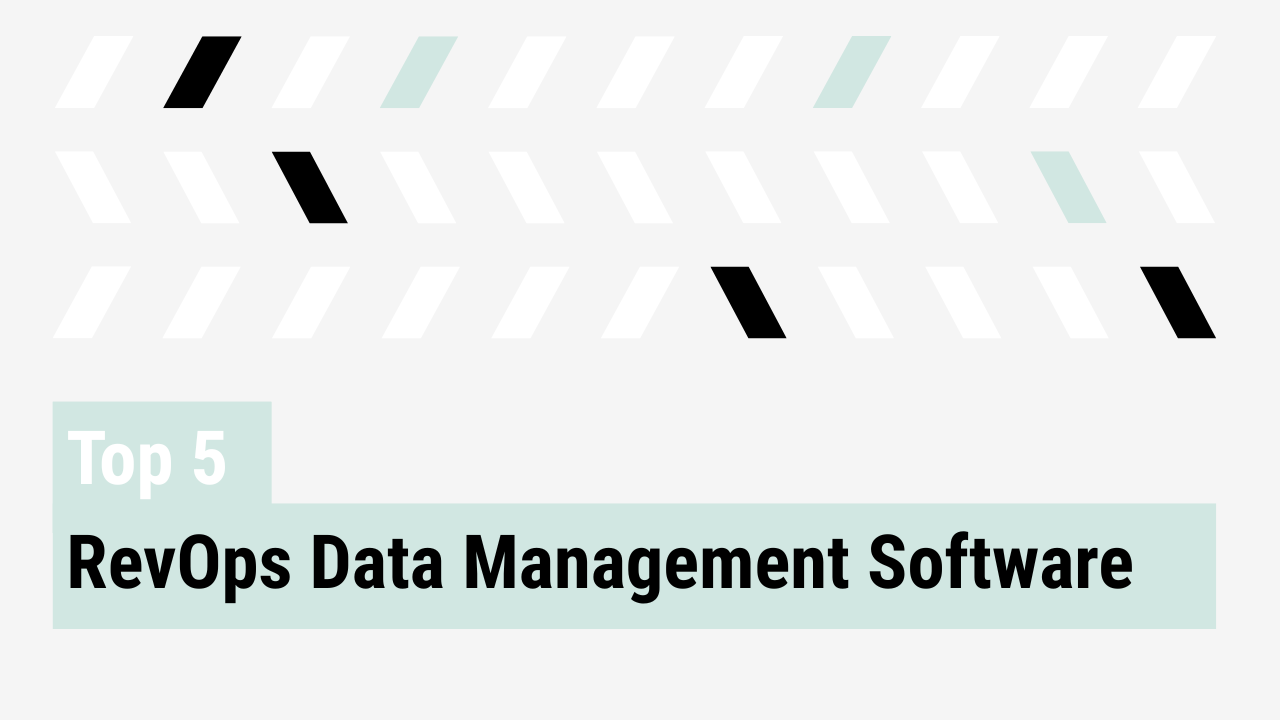RevOps leaders are under constant pressure to translate strategy into execution. One of the most underutilized levers is Total Addressable Market (TAM) analysis. Done well, TAM does more than measure opportunity size. It informs territory design, segmentation, and account prioritization. The most effective RevOps strategy for TAM insights turns market research into daily decisions that accelerate growth.
From TAM to targetable demand
TAM in isolation is too broad to act on. The progression from TAM to SAM (serviceable available market) to SOM (serviceable obtainable market) narrows the focus from theoretical market size to winnable demand. This gives RevOps leaders a practical foundation for planning.
One AccountAim customer applied this approach by modeling TAM and SAM across geographies. The result was granular segmentation beyond what their CRM supported, enabling leadership to make clearer resourcing and pacing decisions.
Turning insights into territories and segmentation
Traditional territory models are built on geography. Modern RevOps teams design territories using demand signals, workload balance, and whitespace. This makes TAM insights actionable.
One customer used scenario planning to test territory coverage for new hires and even modeled turnover scenarios. Another cut territory deep dives from two weeks to two hours, allowing realignment at market speed. Both illustrate how TAM analysis becomes a decision engine rather than a static report.
TAM informs how leaders allocate resources, test different growth scenarios, and adjust execution in real time based on measurable signals from the market.
Prioritization and account tiering
Territory coverage is only the first step. The next is focus. TAM insights should flow into ICP refinement and account tiering, using signals such as firmographics, intent, and engagement.
To make this actionable, RevOps teams should map TAM insights directly into their ICP framework. This means defining tiers of accounts based on firmographic fit, validating those tiers with intent signals, and refining prioritization with engagement data. By combining these layers, leaders can ensure account tiering is dynamic, data-driven, and aligned with real market opportunity.
Mosaic adopted systematic account prioritization and saw a 23 percent increase in opportunity creation, generating $1.9 million in incremental pipeline. The process included rep feedback, turning prioritization into a collaborative exercise that built organizational trust.
Linking TAM to pipeline and capacity planning
TAM insights must tie back to pipeline math. SOM should inform assumptions for win rates, deal size, and cycle length. This helps RevOps leaders set pipeline coverage targets and align resources with demand.
To link TAM insights to pipeline and capacity planning, RevOps leaders should translate the serviceable obtainable market into concrete assumptions about win rates, deal size, and sales cycle length. From there, they can model how much pipeline coverage is needed to meet revenue targets, and compare that against current capacity. This process highlights gaps in headcount or coverage, informs hiring and territory design, and ensures that forecasting is grounded in market reality rather than guesswork.
Why TAM insights matter for RevOps execution
TAM analysis appears on a board slide. But, for RevOps it is an operational input. By embedding TAM insights into territory design, segmentation, prioritization, and pipeline planning, leaders can ensure coverage and focus are built into the system. The outcome is straightforward: smarter decisions, stronger execution, and accelerated growth.



